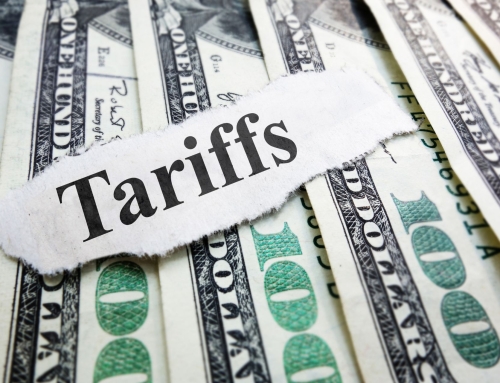With the passage of the U.S.-Mexico-Canada Agreement (USMCA) on October 1, 2018, “NAFTA 2.0” was officially alive with many questions to answer. Drawback has always felt the impacts of free trade deals, and certainly this agreement followed suit from its predecessor some 25 years ago. The framework of the USMCA does not significantly change drawback or the ways in which it operates, but like most updates for duty drawback, the devil is in the (technical) details!
On July 1, 2020, CBP released CSMS #43227909 – Drawback: USMCA Interim Guidance, to advise the trade that true USMCA drawback claims should be avoided until further instruction could be disseminated. Given that the regulatory process for USMCA is still under review until the summer of 2021, additional messages from CBP have been handed down since that introductory July 1 message:
- to explain that there will be a temporary program change for claims impacted by 1313(c)(1)(C)(ii) with exports to Canada and Mexico and that validations and programming for provision codes 56 and 70 will be updated (CSMS #45782283); and
- to state that Accelerated Payment (AP) is going to be temporarily suspended on USMCA claims until the regulations are finalized (CSMS #45792120). It should be noted that exports to CA and MX for Unused Merchandise Direct Identification drawback claims are not impacted by this change.
If someone asks what you need to know about drawback and USMCA claims, here’s the long and short of it:
- NAFTA and USMCA imports cannot be commingled; as of 7/1/2020 imports, USMCA imports will be on separate claims from NAFTA imports;
- there will be a new indicator in the CATAIR for USMCA, along with updated language to the Business Rules for USMCA claims;
- the exception codes for specific provisions will be expanded for sugar and 1313(j)(2) claims;
- an indicator for export destination for 1313(c)(1)(C)(ii) will be added to the CATAIR for exports to CA and MX to filter them out;
- claims cannot be paid with AP until the regulations are complete; and
- staffers at Regulations and Rulings are working on changes for Subpart E of 19 C.F.R. 182 for drawback and the USMCA for implementation in July.
If you are seeking drawback for manufacturing goods in the U.S. and exporting to Canada and Mexico or if you are exporting articles to Canada and Mexico that are not in the same condition, this applies to you. Be sure to pay attention to your import dates and your export dates and that you understand that you’ll be waiting a little while for AP to come through. Always pay attention to the fine print, but with drawback this is especially important, as the details are in there!






